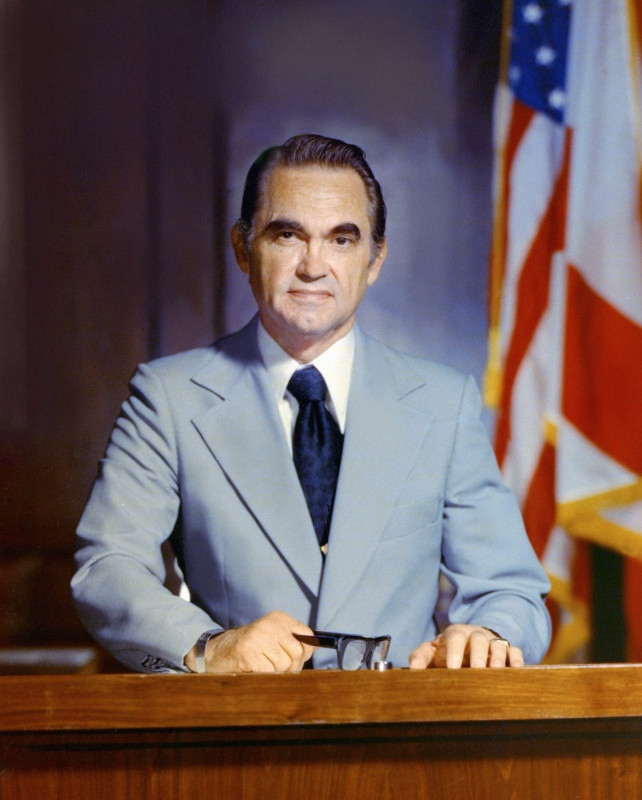Life is full of challenges, and George Wallace faced many. Discover key struggles and how they were overcome.
George Wallace was a prominent American politician, best known as the four-term governor of Alabama. Initially a staunch segregationist, he gained national notoriety for his defiant stance against the Civil Rights Movement, symbolized by his 1963 inaugural address vowing "segregation forever." He unsuccessfully ran for US President multiple times, including a significant third-party bid in 1968. Later in his career, Wallace publicly renounced his segregationist views. Despite his controversial legacy regarding race, Wallace also focused on economic development initiatives during his time as governor.
1943: Accepted for Pilot Training
Early in 1943, George Wallace was accepted for pilot training by the United States Army Air Forces (USAAF). He then contracted spinal meningitis, causing hearing loss and nerve damage, leading him to train as a flight engineer instead.
1959: Cited for Contempt of Court
In 1959, during efforts to expand voter registration of Black people, George Wallace blocked federal efforts to review Barbour County voting lists and was cited for criminal contempt of court.
June 11, 1963: "Stand in the Schoolhouse Door"
On June 11, 1963, Governor George Wallace stood in front of Foster Auditorium at the University of Alabama in a vain attempt to halt the enrollment of Black students Vivian Malone and James Hood. This event is known as the "Stand in the Schoolhouse Door."
September 1963: Attempt to Stop School Integration in Huntsville
In September 1963, George Wallace attempted to stop four Black students from enrolling in four separate elementary schools in Huntsville. A federal court intervened, and the children were allowed to enter on September 9, becoming the first to integrate a primary or secondary school in Alabama.
1970: Wallace seeks Democratic nomination against Albert Brewer
In 1970, George Wallace ran for the Democratic nomination against incumbent governor Albert Brewer. Brewer sought African American voter support and unveiled a progressive platform. Brewer criticized Wallace's out-of-state trips.
May 15, 1972: Wallace shot at Laurel Shopping Center
On May 15, 1972, George Wallace was shot four times by Arthur Bremer at the Laurel Shopping Center in Laurel, Maryland. The shooting left Wallace paralyzed from the waist down, effectively ending his presidential bid. Three others were also wounded.
August 4, 1972: Bremer sentenced to prison
On August 4, 1972, Arthur Bremer was sentenced to 63 years in prison for shooting George Wallace. The sentence was later reduced to 53 years.
1972: Presidential Primary Campaign Ended by Shooting
In 1972, George Wallace ran in the Democratic presidential primaries, his campaign effectively ended when he was shot in Maryland by Arthur Bremer, which left Wallace paralyzed below the waist for the remainder of his life.
November 1975: Wallace announces fourth bid for presidency
In November 1975, George Wallace announced his fourth bid for the presidency, participating in the Democratic presidential primaries. His campaign was affected by voter concerns about his health and media portrayal.
November 9, 2007: Bremer released on parole
On November 9, 2007, Arthur Bremer was released on parole after serving 35 years in prison for shooting George Wallace.
Mentioned in this timeline
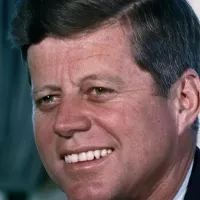
John F Kennedy JFK was the th U S President...
The United States of America is a federal republic located...
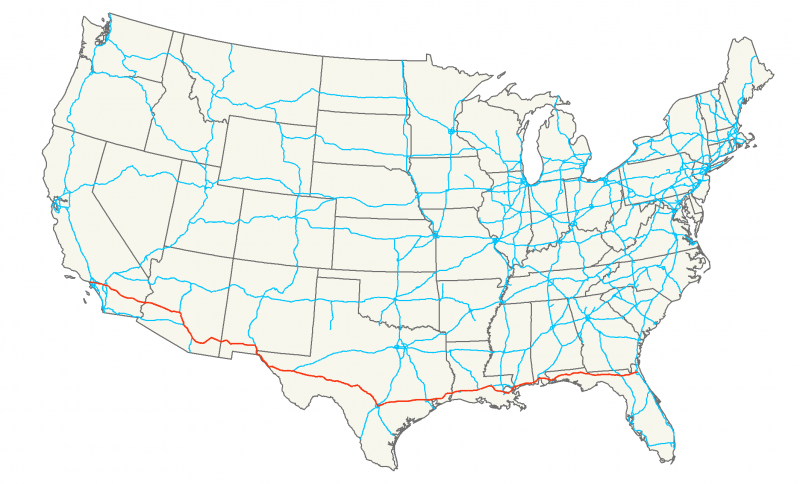
Interstate I- is the southernmost transcontinental highway in the United...
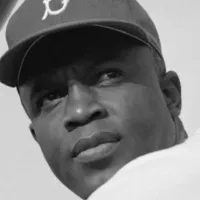
Jackie Robinson was an American professional baseball player who broke...
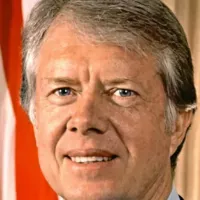
Jimmy Carter the th U S President - was a...
Japan is an East Asian island country situated in the...
Trending

Simon Cowell is a prominent English television personality and businessman recognized for his role as a judge on various talent...

7 months ago Gary Payton Reflects on Jordan Matchup and Hypothetical Stats in Today's NBA

11 days ago Spurs Defeat Nuggets in Thrilling Game, Mavericks Face Nuggets

22 days ago Michael Douglas and Catherine Zeta-Jones Celebrate 25 Years of Marriage with Throwbacks
Luke Kornet is an American professional basketball player currently playing for the San Antonio Spurs in the NBA He's a...

6 months ago Jack Black's Minecraft Movie Sets Premiere on HBO Max, June 20, 2025
Popular

Candace Owens is an American conservative political commentator and author...

Ilhan Omar is an American politician currently serving as the...

XXXTentacion born Jahseh Dwayne Ricardo Onfroy was a controversial yet...

Tom Cotton is an American politician and Army veteran currently...
The Kennedy Center Honors are annual awards recognizing individuals and...

Kelsey Grammer is an accomplished American actor producer and singer...
